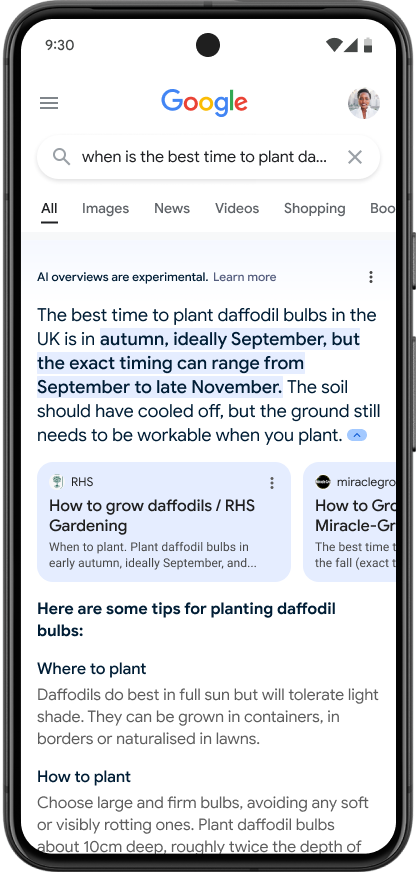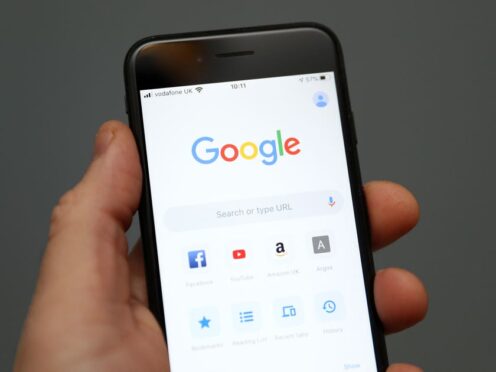Google is launching an experiment within its search engine that will see generative AI used to respond to some search queries.
The technology giant said the experiment in the UK would involve an unspecified subset of queries and would be tested on a small percentage of search traffic.
It will see so-called “AI overviews” appear at the top of search results, giving an AI-generated text response to the query, offering answers and further context around the query.
Google said a handful of different variations of response will be used in the test, including some which offer bullet point or headings giving more detailed responses.

More traditional link-based search results will appear within as well as below the AI overview, with Google saying it was focused on continuing to drive traffic to the web.
The UK test follows a similar small-scale experiment previously launched in the US.
Hema Budaraju, senior director of product management at Google, said bringing generative AI to Google Search would “supercharge” it by making it simpler and smarter.
“By bringing the power of GenAI directly to search, you can unlock entirely new types of functions that you never thought Search could answer, and transform the way information is organised, to help you start to make sense of the information,” she said.
She added that the AI overviews could help quickly and easily bring together multiple perspectives from different places more simply, and help give users a “jumping off point” so that they can get a “broader overview” of a subject from one query.
It is the latest move by the US firm to further integrate artificial intelligence-powered tools into new and existing products.
It recently rolled out a dedicated app for its Gemini chatbot for the first time, as well as offering a subscription service to access its more powerful AI models.
Google has also previously integrated AI tools into its smartphones, notably within the device’s camera and editing features.
However, the company has had issues with its AI rollout in the past.
In February, Google paused the rollout of an AI-powered image generator tool within Gemini after users found it would generate inaccurate images and representations of historical figures, often including an overly broad range of races and genders.
Some commentators suggested Google had overcorrected over fears about ongoing racial bias issues within artificial intelligence applications, which in the past has seen facial recognition software struggling to recognise, or mislabelling, black faces, and voice recognition services failing to understand accented English.
Google apologised over the incident and said it has “missed the mark”.
